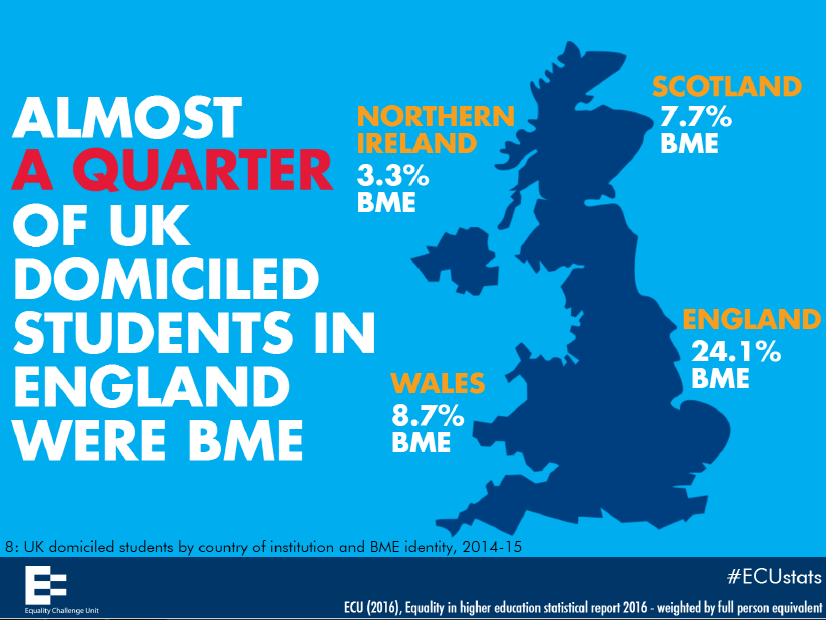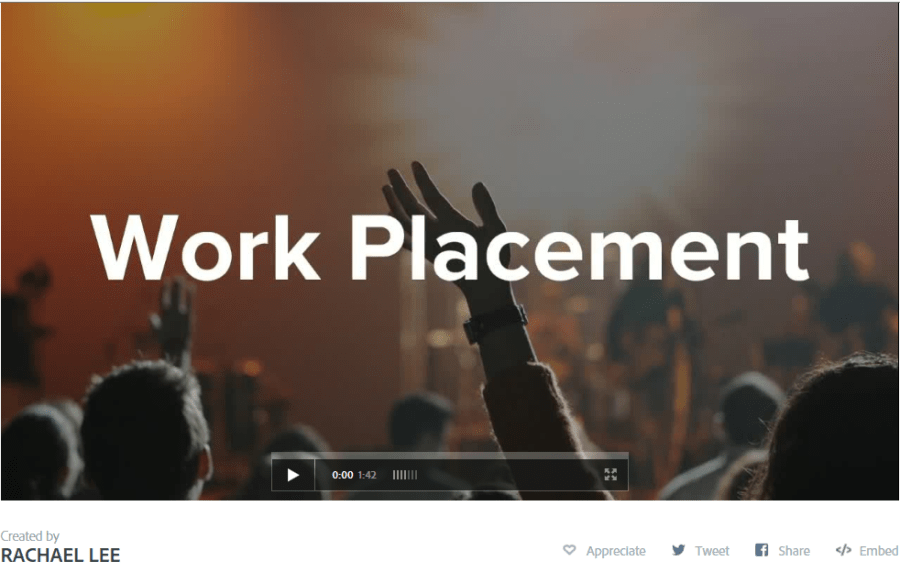Digital Storytelling and Student Voices
by Liz Austen
I have always been interested in researching marginalised and hidden populations, especially individuals or groups whose voices are not heard or differ from normalised discourses. This comes from my background in criminal justice and researching how young people socially construct risk taking behaviour through neutralising deviance. Deviance is constructed as such when it goes against the norms and values of a majority. Often used to define the ‘other’, ‘to deviate’ may also suggest that a norm has been temporarily forgotten or ignored, common principles abandoned, but with guidance the expected path can be re discovered.
In education we discuss equality and diversity, and whilst diversity accepts differences that typify a group, normative assumptions about the ‘typical student’ need to avoid constructing some students as deviant. These risks are intensified if emerging approaches to learner analytics attempt to define normal patterns of student engagement. Learning rather than learner analytics could shift the focus away from individual differences.
In a large institution such as a university it is difficult to hear the voices of all stakeholders. This is even more difficult if your voice is different to the prevailing norm or if you challenge the notion of a ‘typical’ student. What other voices need to be heard? Current institutional work is focusing on BME students and commuter students; the notion of belonging appears as a consistent message.
Recent research by the Equality Challenge Unit (see image) provides the contextual data from the wider sector.

I was recently trained in the art of digital storytelling – a means of expressing a visual narrative of an experience.
In higher education, digital storytelling has been utilised for various reasons including:
- To build a social presence in online environments
- As inclusive (non text based) assessments
- As student led learning resources
- As a reflective processes within PDP
- To encourage social reflection through peer critique
- To provide formative reflection (e.g. prior to presentations)
- Within induction/transition activities
- To develop digital capability
- To enable hidden voices
Digital storytelling takes many forms (blogging, curating, videoing). I have previously used Storify to present module learning outcomes and used screencasting to deliver module content and as a way of responding to student feedback (a digital ‘you said we did’). But this was my voice, the voice of the academic. The form I am now using is the collection of digital images coupled with audio narration, using Adobe Spark. The voices I intend to capture are those of students.
Digital storytelling can be a powerful tool for capturing student voices, especially those which seek to challenge a norm or prevailing culture. They can raise awareness of the differences experienced by students pre HE, through transition and induction, on feelings of confidence, and of the challenges faced in retention and progression. If different voices are heard, and students are empowered to tell them, then diversity in experience and understanding becomes a realistic ambition. However, whether digital storytelling should focus on the process or the product is an important discussion to have.
I am currently working with students from SHU to develop their stories as part of a project with Yorkshire Universities. These stories will be used as examples of how the tool can be used, and to encourage other institutions to explore this method for capturing the student experience. I piloted this method with our level 5 psychology placement student, Rachael Lee*, who chose to talk about her own experiences at SHU. I ran a 2 hour workshop which taught the basics of the process. Her own digital capability and resourcefulness enabled the production of her own story, which can be viewed here:
In order to support the development of digital storytelling it is important that you create your own. By completing the process you will understand not only the practicalities, but the emotive dimension of storytelling. I detailed my transition in job role through a digital story and found that a focus on social justice emerged as a consistent theme.
If you are interested in using this method for research, evaluation, or for exploring the student voice in an innovative way, please get in touch. l.austen@shu.ac.uk
*Many thanks to Rachel for letting me use her digital story as an example in this blog post.

